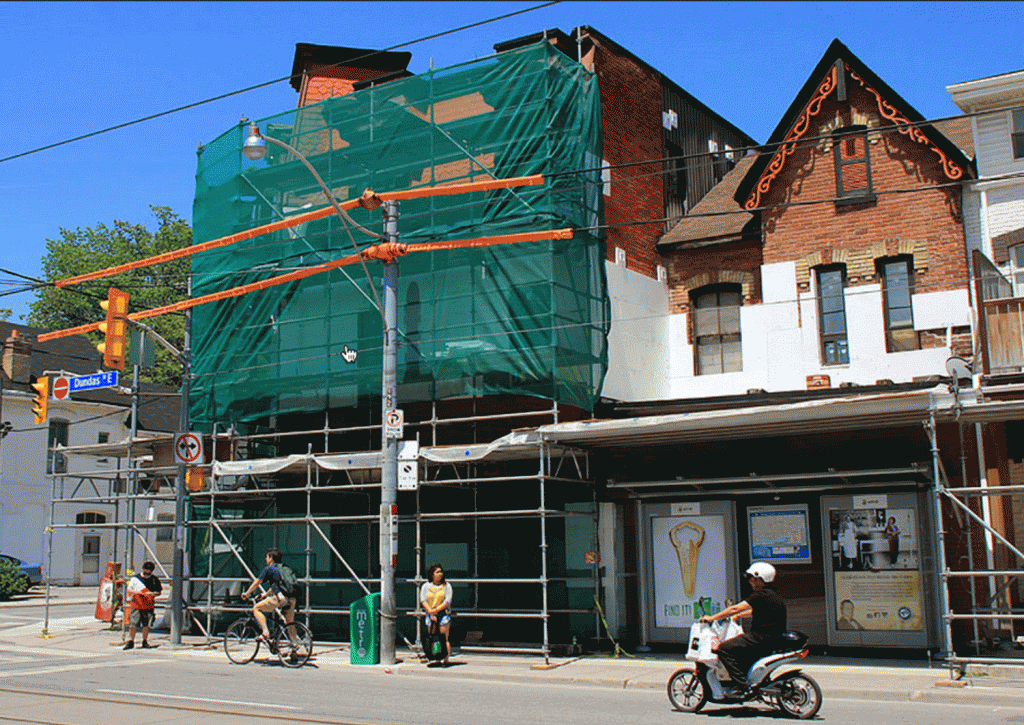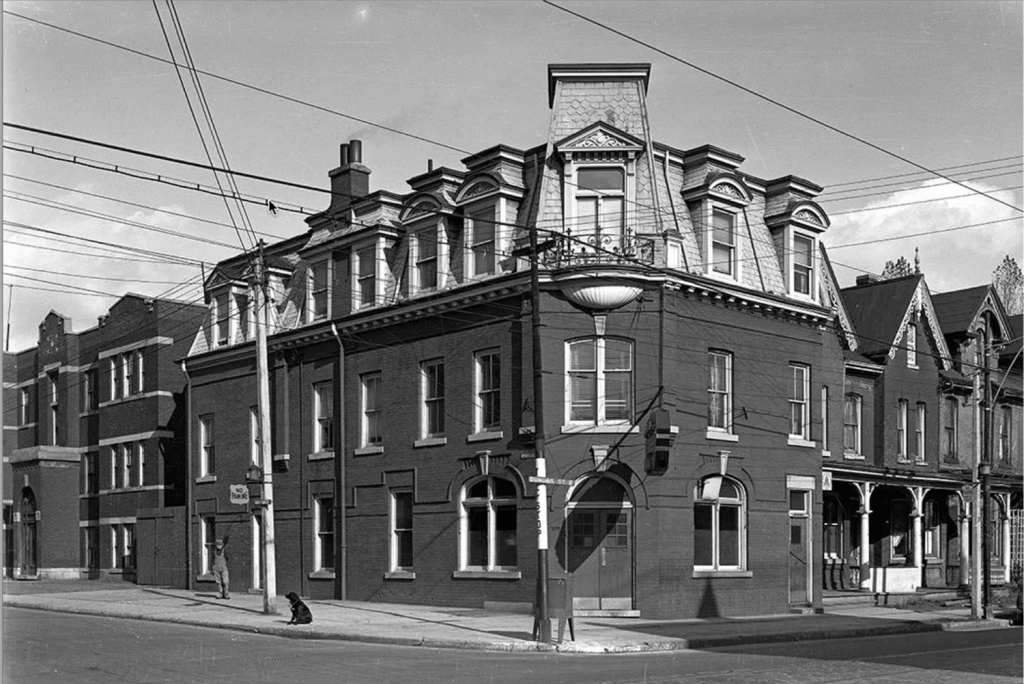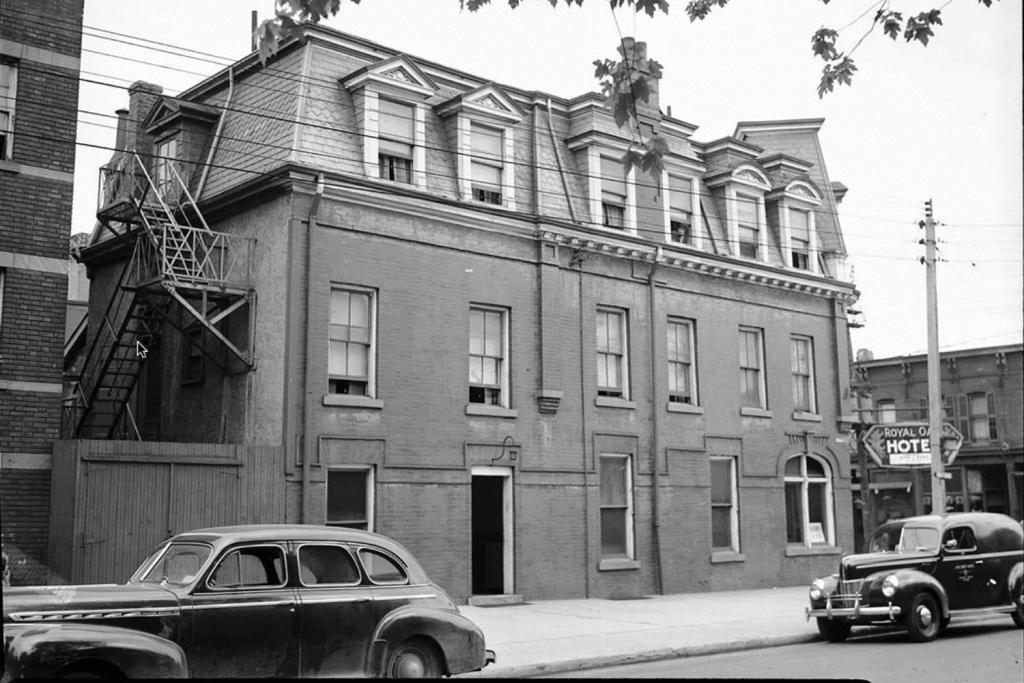LowPolygon
Senior Member
from my perspective, the use of EIFS is reaching crisis proportions in the city. i think we are approaching critical mass, where this blight is starting to seriously impact the architectural integrity and heritage of the city.
while it is depressing to see any building coated with this garbage--one is now seeing an increasing number of architecturally notable buildings being destroyed in this way--from the Victorian posted here, to hundreds of lovely Edwardian homes, 20s-30s apartment buildings, 50s-60s modernist office buildings, apts and shops, the whole gamut. it's like an invasive species or a virus, gobbling up perfectly fine buildings, replacing them with characterless, lifeless, dead shadows of themselves. and sadly, it is also the blight of the future.
i keep waiting for it to abate, for another solution to emerge-but it just seems to get worse and worse.
the most chilling thing about it that the EIFS industry is a formidable enemy.
whoever is selling this system to owners is not only preying on their architectural ignorance, but they are also incredibly effective and aggressive at getting people signed up. these salesmen seem to be spreading tentacles out over the entire city, gobbling up one neighbourhood after another. and it is a total racket, because any owner that acquiesces is actually decreasing the value of their property.
i'm curious as to who exactly is promoting and selling this system. is it a few big companies? a whole bunch of mom and pops? are there trade associations and trade publications involved in pushing it? is it word of mouth among similarly budget conscious, architecturally illiterate, building owners?
solution wise, i've often wondered about the efficacy of mounting a public awareness campaign that seeks to both educate property owners and call out the industry for selling what amounts to a weapon of mass historical destruction.
one wonders whether a few high-profile articles, social media campaigns, #eifsblight, etc. might be enough to at least get a conversation going in the City of Toronto about this very troubling phenomenon. it might start to make owners at least stop and think for a minute, before the pull the trigger on murdering their own property.



Carried over from the thread on the destruction of 376 Dundas Street East.
http://urbantoronto.ca/forum/showth...undas-East-Ontario-St-3s)?p=736056#post736056





